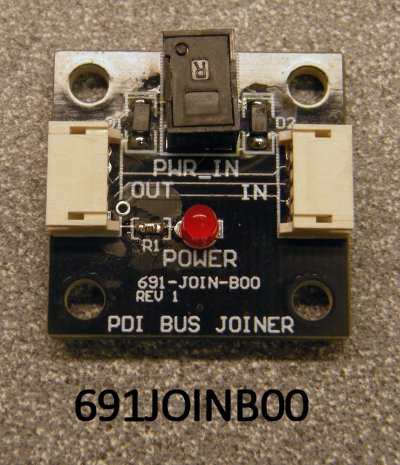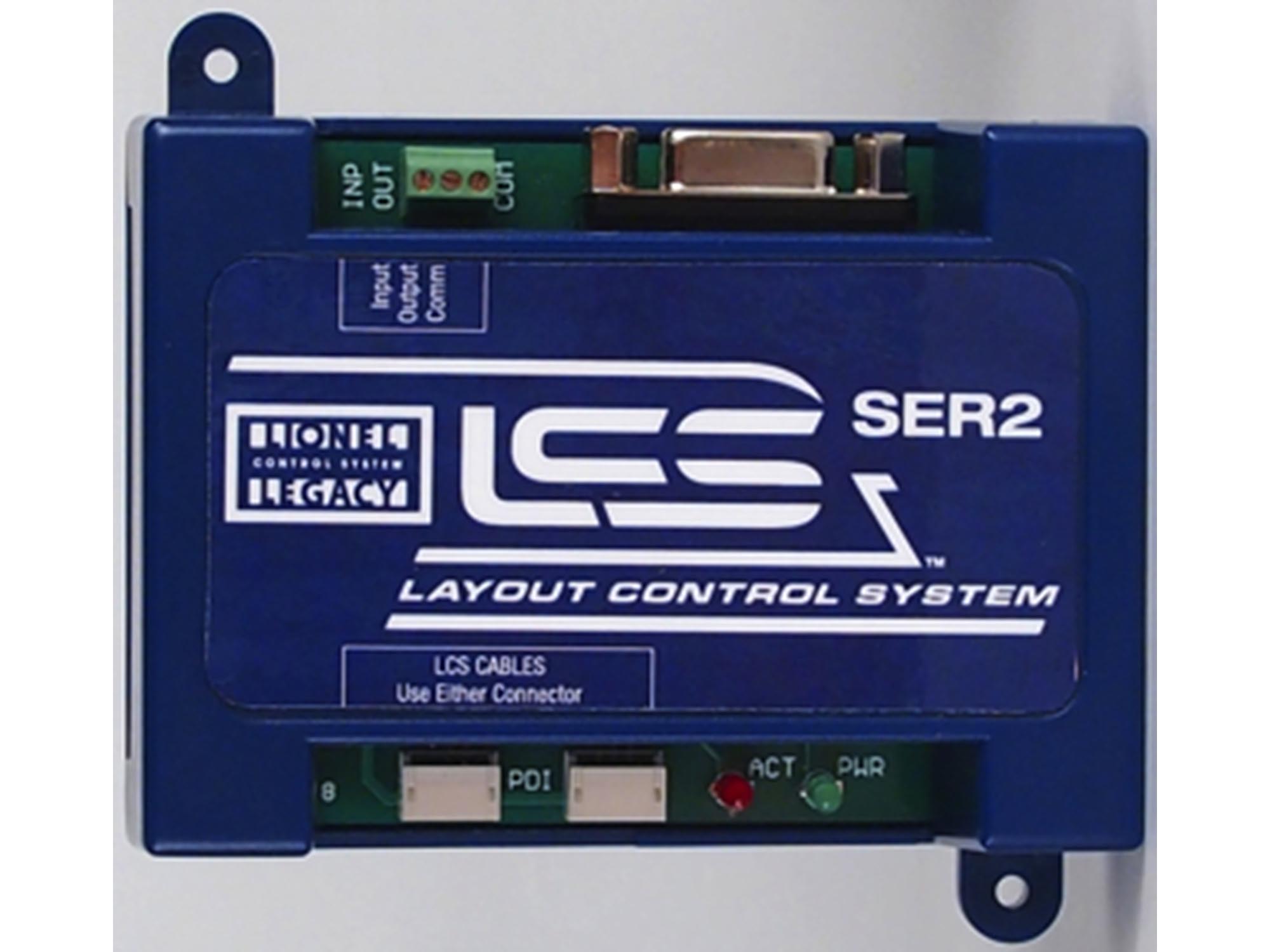Soon we will be working with a layout builder to substantially complete my C&NW Lines. I will use my Legacy 990 base (perhaps changing to the new Base3 when available and favorably reviewed) with 23 ASC2’s daisy chained for about 92 Tortoise machines. I’m seeking advice on any challenges with such a large daisy-chained installation. Systematically getting all those switches numbered sequentially into the ASC2’s will be a clerical challenge in itself.
Have not found a thread that is “on point” for the particular situation we’re setting up. What is the experience for a large club or personal layout where such an extensive use of this technology is in place? For example, I wonder if the daisy chain has practical limits as to number of devices. Has someone needed to use a second Legacy base (perhaps a Base 1L) as receiver and base for daisy-chaining a fraction of the ASC2’s and other devices in order to get good performance? Care with securing all those chained connectors is a given; one break would shut down everything downstream. Input from your experience will be most appreciated.


























